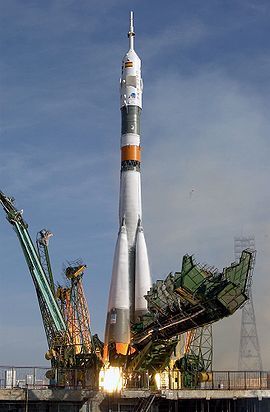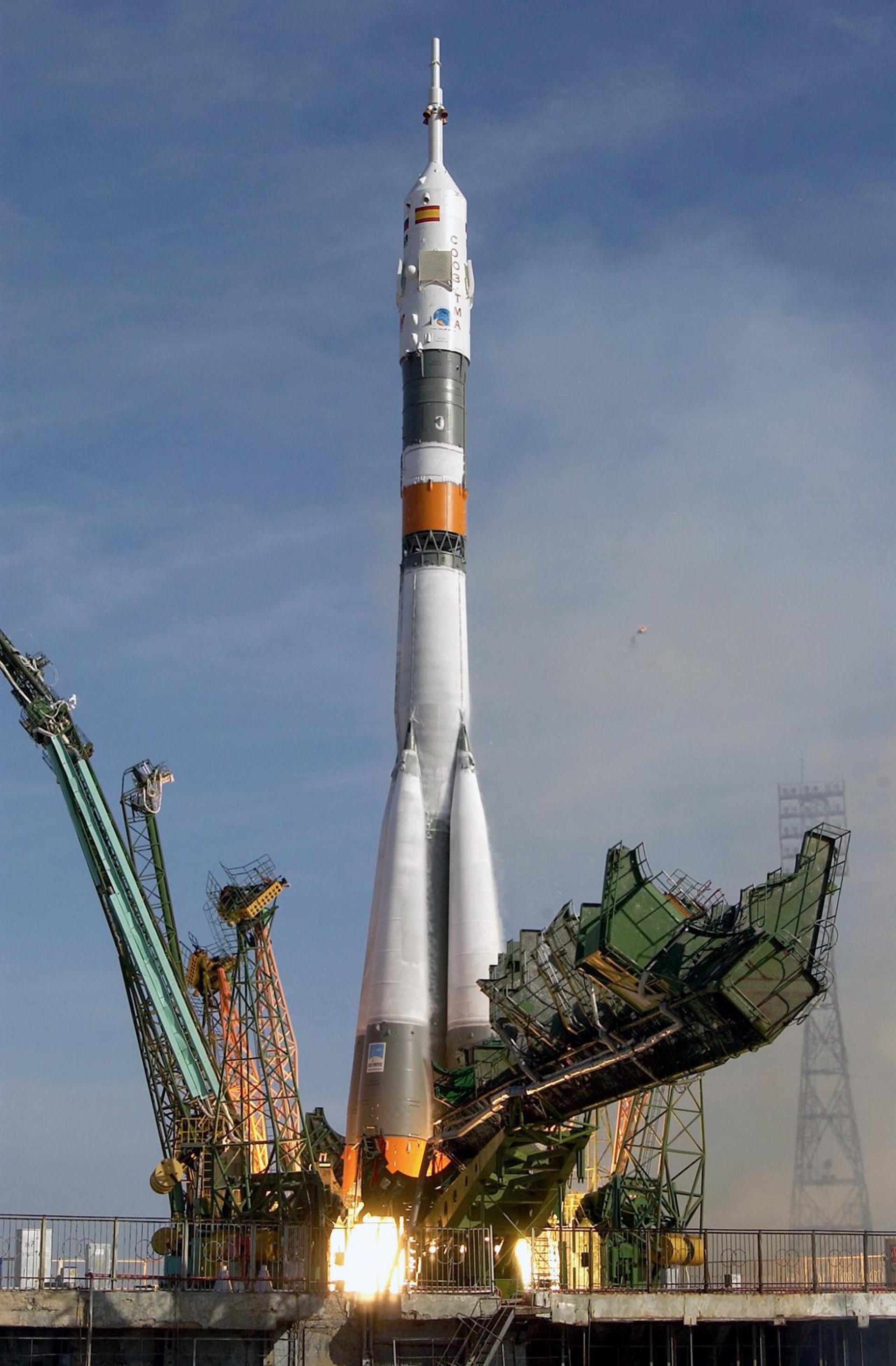Vasily Tsibliyev
Russian - (RFSA)
Retired
Date of Birth: Feb. 20, 1954
Age: 71
Vasily Vasiliyevich Tsibliyev (Russian: Василий Василиевич Циблиев); born on February 20, 1954) is a Russian cosmonaut. He was selected as a cosmonaut on March 26, 1987. Tsibliyev flew as Commander on Soyuz TM-17 from July 1, 1993 to January 14, 1994 and on Soyuz TM-25 from February 2, 1997 to August 14 of the same year. He retired on June 19, 1998. Tsibliyev is currently Chief of the Yuri Gagarin Cosmonauts Training Center at Star City, Russia. Tsibliyev was the commander in charge of Mir when it was hit by a Progress spacecraft in 1997.
Soyuz-U2 | Soyuz TM-17
Soviet Space Program | RussiaBaikonur Cosmodrome, Republic of Kazakhstan
July 1, 1993, 2:32 p.m.
Status: Success
Mission:
Soyuz TM-17 was the 17th mission and the 14th long-duration expedition to Mir space station. The mission began on July 1, 1993, 14:32:58 UTC, launching Commander Vasili Tsibliyev, Flight Engineer Aleksandr Serebrov and Research Cosmonaut Jean-Pierre Haigneré into orbit. They docked with Mir two days later. During their stay there, cosmonauts performed EVAs, various station repair and maintenance tasks, and carried out various scientific experiments. Station crew was visited by several Progress resupply spacecrafts, and welcomed aboard the Soyuz TM-18 crew. The mission concluded with a safe landing back on Earth on January 14, 1994, 08:18:20 UTC.
Low Earth OrbitSoyuz-U | Soyuz TM-25
Russian Federal Space Agency (ROSCOSMOS) | RussiaBaikonur Cosmodrome, Republic of Kazakhstan
Feb. 10, 1997, 2:09 p.m.
Status: Success
Mission:
Soyuz TM-25 was the 30th mission and the 23rd long-duration expedition to Mir space station. It was also a part of the US/Russian Shuttle-Mir Program. The mission began on February 10, 1997, 14:09:30 UTC, launching Commander Vasili Tsibliyev, Flight Engineer Aleksandr Lazutkin and Research Cosmonaut Reinhold Ewald into orbit. They docked with Mir two days later. During their stay there, cosmonauts performed an EVA and various scientific experiments in medicine, biotechnology, Earth sciences etc. Station crew was visited by several Progress resupply spacecrafts, STS-84, and welcomed aboard Soyuz TM-26 with the next expedition crew. The mission concluded with a safe landing back on Earth on August 14, 1997, 12:17:10 UTC.
Low Earth OrbitThe Roscosmos State Corporation for Space Activities, commonly known as Roscosmos, is the governmental body responsible for the space science program of the Russian Federation and general aerospace research. Soyuz has many launch locations the Russian sites are Baikonur, Plesetsk and Vostochny however Ariane also purchases the vehicle and launches it from French Guiana.
Long March 8A
SatNet LEO Group 14
Commercial LC-1 - Wenchang Space Launch Site, People's Republic of ChinaA batch of 9 Low Earth Orbit communication satellites for the Chinese state owned SatNet constellation operated by the China Satellite Network Group.…
Kuaizhou-1A
Traffic VDES A & B
Launch Area 95A - Jiuquan Satellite Launch Center, People's Republic of ChinaTwo technology demonstration satellites for satellite transmissions of signals for the VHF Data Exchange System (VDES), a successor to the current Au…
Falcon 9
Starlink Group 11-25
Space Launch Complex 4E - Vandenberg SFB, CA, USAA batch of 28 satellites for the Starlink mega-constellation - SpaceX's project for space-based Internet communication system.
Zhuque-3
Demo Flight
Launch Area 96B - Jiuquan Satellite Launch Center, People's Republic of ChinaFirst test launch of LandSpace’s ZQ-3 rocket, with a dummy payload. The rocket’s 1st stage will attempt to land on a landing pad about 300 km downran…
Falcon 9
Starlink Group 6-95
Space Launch Complex 40 - Cape Canaveral SFS, FL, USAA batch of 29 satellites for the Starlink mega-constellation - SpaceX's project for space-based Internet communication system.




